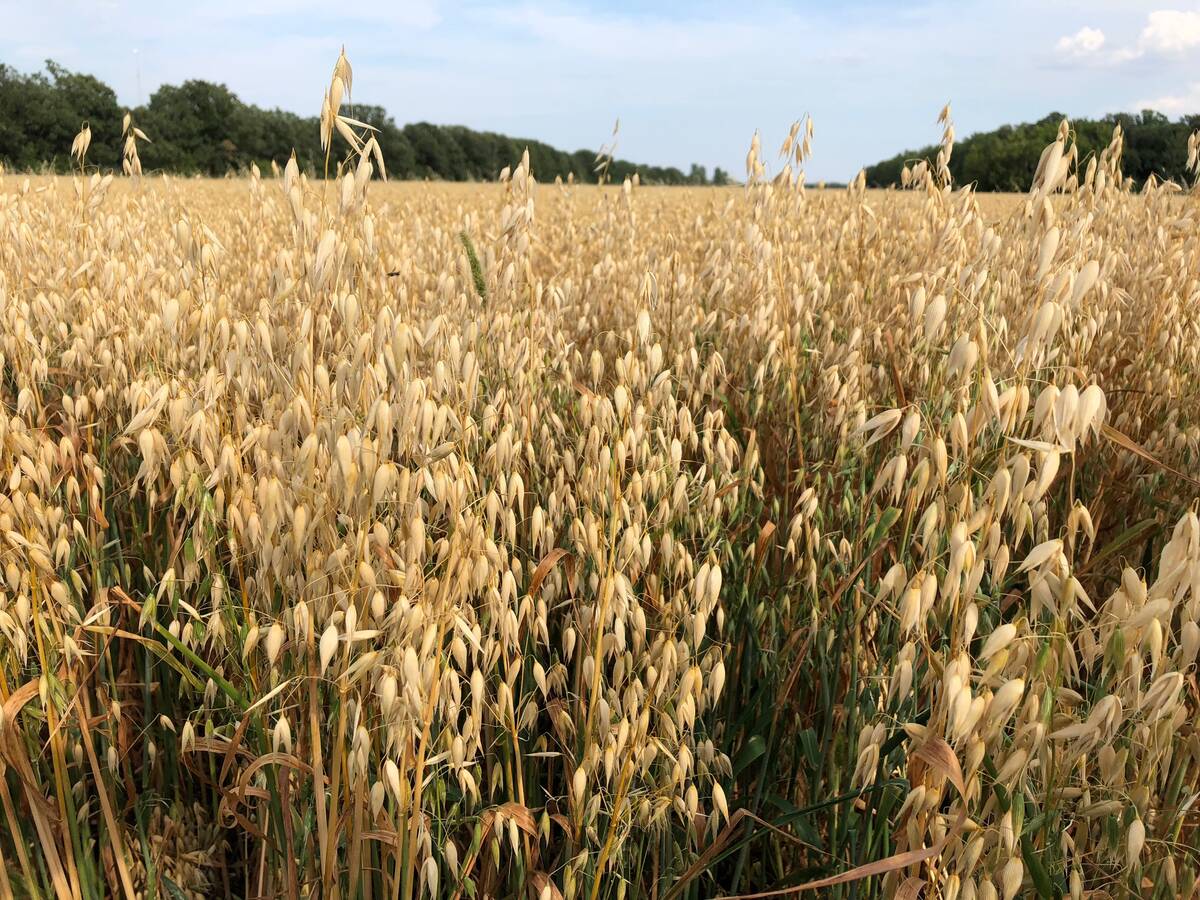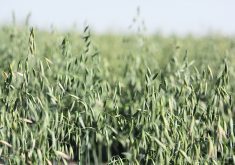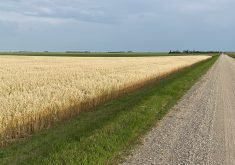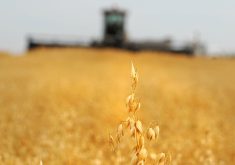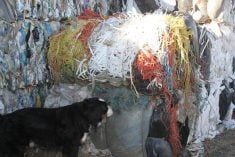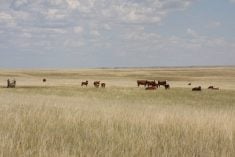Glacier FarmMedia – An environmental group has condemned it, millers have discouraged its use on oats and experts have questioned its efficacy in that crop, but some Manitoba oat growers are still using chlormequat chloride – the active ingredient in Manipulator – and sometimes to measurable success.
Chlormequat became a lightning rod for controversy in 2024 when the U.S.-based Environmental Working Group linked it to consumer fertility issues in the United States.
Last year, Grain Millers and Paterson Grain — two major Canadian millers — recommended growers not use the product on oats.
Read Also

Russian wheat exports start to pick up the pace
Russia has had a slow start for its 2025-26 wheat export program, but the pace is starting to pick up and that is a bearish factor for prices.
“Its efficacy on oats is hit and miss,” said Lorne Boundy, a merchandiser with Paterson Grain, told the Western Producer in February 2024.
On Feb. 28 of that year, Grain Millers sent an email to its oat suppliers, including farmers, asking them to think twice before using Manipulator.
“We have seen no agronomic value in the use of Manipulator on oats…. In some cases, it has even been shown to reduce grain yield and quality as well as potentially lengthening maturity,” Grain Millers said.
However, producer Jenneth Johanson in Lac du Bonnet, Man., has had moderate success using the product on oats. He said it reduced plant height by a couple of inches, had no visible impact on yield and, ultimately, did what it was supposed to do: prevent lodging.
She has also used it in wheat, where the product is far less controversial.
She’s applied both Manipulator and its fellow oat-registered PGR, Moddus, in oats and found the former to be more effective, particularly with the Summit oat variety.
“Moddus seems to be a little bit more temperamental when it comes to environmental stresses, such as drought or extreme moisture or insect pressure or temperature. So after being burned the one time, I’m a little gun-shy,” she said.
That said, she encourages oat producers to consult an agronomist before deciding to use Manipulator.
“They are probably the best people suited to discuss some of the genetic factors of the varieties you’re growing (and) where your risks lie.”
Jason Voogt, a professional agrologist with Field 2 Field in Miami, Man, said there generally isn’t a lot of PGR use in his area, but he can see why oat growers would gravitate toward Manipulator over Moddus.
“We would use Manipulator mainly because of the fact that it has a bigger, longer and wider window of application,” he said.
”You can (use it) anywhere from herbicide timing right up to flag leaf.”
Specific data on the use of chlormequat can be hard to find, but a Manitoba Oat Growers Association poll of several oat companies revealed that five to 20 per cent of its growers reported used PGRs. One company reported 20 per cent, while the majority of respondents came in closer to half that.
One of the biggest criticisms of chlormequat/Manipulator is its reputation for only working with certain oat varieties. Producers need to consider its suitability to their operations before investing in it, said Voogt.
But an equally valid question is whether producers need to use a PGR at all.
“For the most part, it seems that the (oat variety) genetics have got better as far as standability than they used to be, and so most years we can get away without (a PGR),” he said.
Although no international trade action has yet taken place, some fear last year’s oat PGR hubbub has added tension to the already fragile state of trade relations between Canada and the U.S.
The Prairie Oat Growers Association and MOGA advise producers to be vigilant.
“As with any product, POGA and MOGA recommend producers consult with their buyer before purchasing and/or applying the product to ensure they are meeting the requirements of their buyer,” Shawna Mathieson, executive director of POGA and its provincial offshoots, wrote in an email.
Johanson has some rules of thumb that she uses for PGR use in general.
”If you already have a variety that has a high straw strength rating … then I may not invest in using a plant growth regulator. But if I’m growing a variety that’s prone to lodging, then that’s something I would consider in high yield or high potential yield years,” she said.
Voogt said there are some tips for getting the most from Manipulator, emphasizing its wide growing window.
”What we call the growth stage (GS) 31-32 is when one application seems to be the most effective, but we’ve seen guys have some effect when they’ve (put) down a lower rate early and then a lower rate later: a split application. But that one time at GS31-32 seems to be the most effective.”


